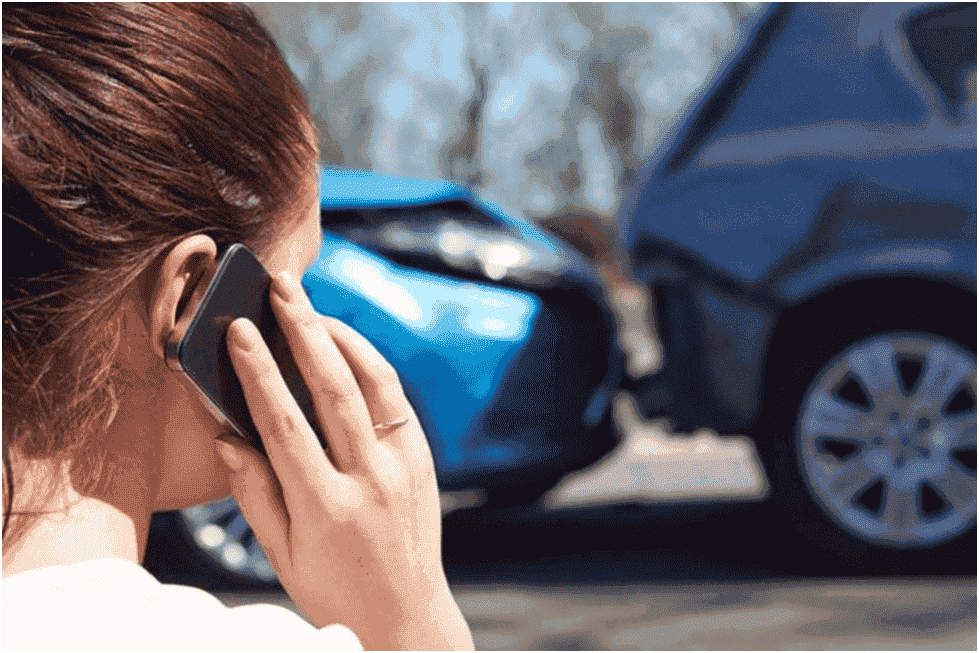| Posted on | news-current-topics
All the Complexities in an Uber Accident Case
0
3673 Views

Ridesharing, such as Uber, has become an important means of transport that helps millions of people everywhere. Nevertheless, the convenience of Uber services increases the risk of accidents and legal issues. We’ve analyzed the complexities in an Uber accident case and noted them down below:
- Legal Liability
Legal liability in Uber accidents is assessed using several factors, such as recklessness, negligence, and the kind of care owned by each party. An experienced Uber accident lawyer should ask questions regarding the state of the driver before the incident when dealing with legal liability. Such questions include: Was the driver violating traffic laws? Was the driver driving under any form of influence? It is important to note that if the accident occurs due to mechanical issues or poor roads, liability extends to other parties, such as maintenance contractors or the car manufacturer.
- Insurance Coverage
Uber contains insurance coverage that covers the driver, its passengers, and any other third parties. The coverage is more specific on when to be used at the time of the accident, depending on the driver's status. For instance, it can only be used when the ride is active while waiting for the ride request or when transporting the passengers. Additionally, it can also be used when the driver is offline or unavailable to accept rides under personal insurance. Comprehending the subtleties of the insurance policies becomes a challenge, particularly when choosing an appropriate party to file a claim against in Uber accident cases.
- Uber’s Contractual Agreement
Just like other rideshares, Uber containsterms and conditions for both drivers and passengers, which complicates things during accident cases. For instance, the contractual agreement may have clauses that limit an experienced Uber accident lawyer's ability to resolve the issue. Some may require using traditional litigation rather than arbitration. When pursuing a lawsuit against Uber, it is essential to comprehend the significance of these contractual restrictions and their enforcement.
- Jurisdictional Issues
Uber works in multiple jurisdictions that operate under different sets of laws and regulations, which can complicate issues when dealing with legal actions once an accident occurs. Uber’s jurisdictions operate across states and international borders; thus, it is essential to have an expert who can fill a lawsuit and navigate the intricacies of all the jurisdictions.
- The Multiple Parties Dynamic
Uber contains multiple parties that bear responsibility when an accident occurs. This is contrary to traditional car accidents, which only consider drivers. Uber's multiple parties include the passenger(s), driver, Uber itself, and motorists. It is essential to examine the actions of each party as the first step to determining liability.
- The Gig Economy Aspect

Uber, as a rideshare, considers drivers independent contractors, which is contrary to other means of transport, which consider them employees. This has drawn attention to the courts, which have been the subject of legal disputes. The courts are yet to confirm whether Uber drivers should enjoy the benefits and protections of employees. The gig economy nature of Uber has complicated the accident case by shifting the liability to individual contractors rather than the employer-employee relationship, which used to be in traditional car accident cases.
Final Thoughts
Uber accident cases have a lot of complexities as compared to traditional car accident cases. It requires expertise and diligence to deal with Uber accident cases, for it has many complexities that run from contractual agreements, jurisdiction issues, multiple parties, legal liability, insurance coverage, and the gig economy nature of Uber. Passengers and drivers alike must be aware of their rights and obligations in the case of an accident as ride-sharing continues to change the transportation landscape.
